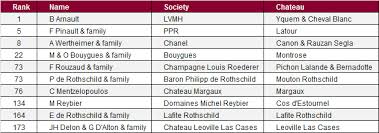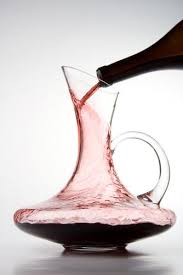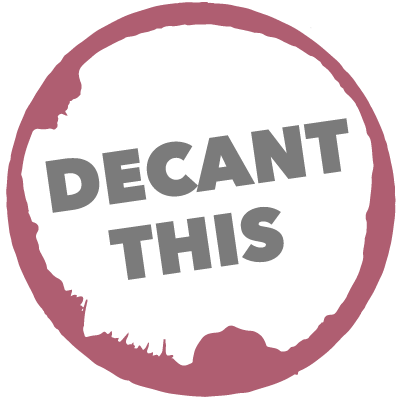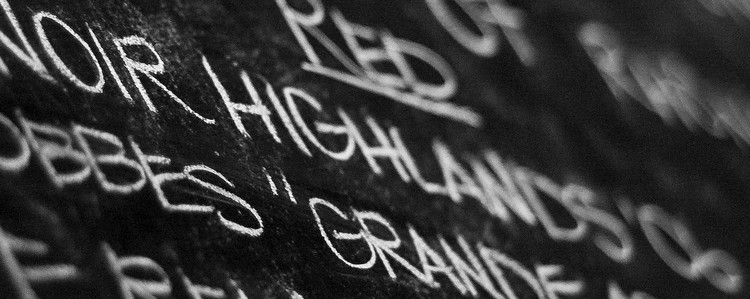Made-to-order tips
For all too many folks, ordering wine in a restaurant is as daunting a proposition as blindly calling Scarlett Johansson or Jake Gyllenhaal for a date. The difference is that there actually is reason to be intimidated on that celeb date deal.
Yes, the list can be too big and/or too weird, and yes, the pressure of impressing a date or business associates can provide a quick exit out of one’s comfort zone. Blessedly, there are steps that can make choosing a wine relatively breezy. Among them:
 • Go online to check out the restaurant’s wine list. Even if it’s not completely up to date, you can discern the markup rate (find a wine whose retail price you know and compare it), see how interesting or esoteric the list is and assess the quantity and quality of by-the-glass offerings. The latter can come in especially handy if you’re on a date and might want a white (or pink, or bubbles) with one course and a red with another. Better-run restaurants will list vintages and include some older wines.
• Go online to check out the restaurant’s wine list. Even if it’s not completely up to date, you can discern the markup rate (find a wine whose retail price you know and compare it), see how interesting or esoteric the list is and assess the quantity and quality of by-the-glass offerings. The latter can come in especially handy if you’re on a date and might want a white (or pink, or bubbles) with one course and a red with another. Better-run restaurants will list vintages and include some older wines.
• Consider starting with bubbles. A glass of Cava or Prosecco or domestic sparkling wine can put everyone in a good frame of mind, and also is likely to pair well with the first course.
• Establish a limit, and then check out the bottles that cost 10 to 25 percent less. If you find something you know and like, game over. If you’re intrigued by an unfamiliar bottle, ask the waitperson how he/she thinks it will go with the food you’re ordering. Do NOT let them upcharge you, i’e. suggesting that you buy something well above your limit
• Take a cue from the menu. If it looks as though a lot of care went into the food, it’s likely that the same holds true for the wine list, and you can order with aplomb. (This doesn’t mean that any wine will suit your palate, only that the wines will be well-made.)
 • Don’t get fretful if you’re not sure how to pronounce a particular wine. In fact, make light of it: “I’m gonna mangle this, but here goes …”
• Don’t get fretful if you’re not sure how to pronounce a particular wine. In fact, make light of it: “I’m gonna mangle this, but here goes …”
• Remember that wine is food, a component of a meal. It should be no more unnerving than deciding between grilled salmon or braised pork, soup or salad. Find something you think you and your companion(s) might like and go for it.
• A bit on pricing: Common advice a decade ago was to order the second-cheapest wine on the list because restaurateurs often placed the lowest price on a wine they were trying to unload; unfortunately, they got wind of this trend, and many started making that wine the second-cheapest. Also, at many if not most places, the lower-priced bottles have the highest markups and thus are the most overpriced. The expensive bottles tend to have less of a markup.
• Ask away: At any establishment that wants you to come back, you should be able to get honest answers to questions such as: Has anything come in lately that you’re particularly excited about? Would this wine benefit from decanting — as young reds often do. Whatever is important to you is worth a query. Which of your wines have organically grown grapes? Is this chardonnay unoaked?
• More queries: Some eateries now will open any bottle on the list for customers who agree to buy two glasses (then sell the  rest by the glass to others). And if your budget allows, ask if there’s a “Captain’s List” of wines aren’t on the menu, often because there are few bottles left.
rest by the glass to others). And if your budget allows, ask if there’s a “Captain’s List” of wines aren’t on the menu, often because there are few bottles left.
• Decant this: If a wine is “tight” (closed up, not expressive), as many young reds are, ask for a decanter.
• Don’t worry about finishing a bottle: In Minnesota and many other states, you can put the cork back in the bottle and tote it home. It’s never a bad idea to secure the bottle in your trunk to comply with open-bottle laws.




